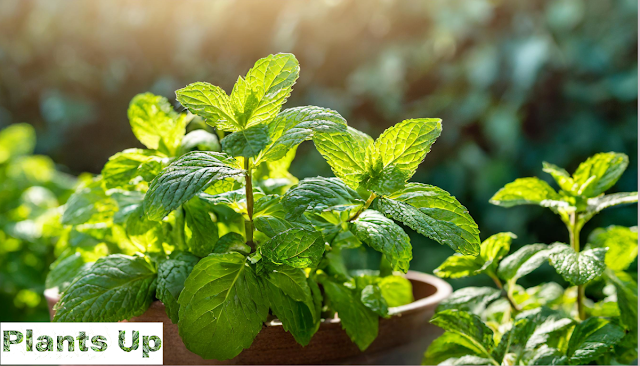 |
| Fertilization in Plants: Understanding the Basics |
Fertilization is an essential process in the growth and development of plants. It involves the transfer of pollen from the male reproductive organ to the female reproductive organ of a flower, leading to the formation of seeds. Without fertilization, plants would not be able to reproduce and maintain their populations.
In this blog, we'll explore the basics of fertilization in plants and the role of fertilizers in promoting healthy growth.
Understanding the Reproductive Organs of a Flower
Before we dive into fertilization, it's important to understand the reproductive organs of a flower
. A typical flower has both male and female reproductive organs. The male reproductive organ is called the stamen, which consists of the anther and the filament. The anther produces pollen, which contains the male gametes or sperm cells. The female reproductive organ is called the pistil, which consists of the stigma, style, and ovary. The stigma is the sticky surface where the pollen lands, and the style is the tube that connects the stigma to the ovary. The ovary contains the female gametes or egg cells.The Process of Fertilization
Fertilization occurs when the pollen from the anther of one flower reaches the stigma of another flower, or the same flower in some cases. This transfer of pollen can be achieved through various means, such as wind, water, insects, and animals. Once the pollen lands on the stigma, it germinates and grows a tube down the style towards the ovary. This tube delivers the male gametes to the female gametes in the ovary, where fertilization takes place, resulting in the formation of a seed.
The Role of Fertilizers in Promoting Plant Growth
Fertilizers are substances that are added to soil or plants to provide essential nutrients for healthy growth. The three primary macronutrients that plants need are nitrogen (N), phosphorus (P), and potassium (K), often referred to as NPK. These nutrients are necessary for plant growth and development, and a deficiency in any of these nutrients can lead to stunted growth, poor flowering, and reduced yields.
Fertilizers come in different forms, such as organic and inorganic. Organic fertilizers are derived from natural sources, such as animal manure, compost, and bone meal, and they release nutrients slowly over time. Inorganic fertilizers, on the other hand, are manufactured from synthetic materials and provide a quick boost of nutrients to plants. Both types of fertilizers have their advantages and disadvantages, and the choice of fertilizer will depend on factors such as the type of plant, soil type, and growing conditions.
There are a few other aspects of fertilization in plants that could be explored:
Organic vs. synthetic fertilizers: Many gardeners prefer using organic fertilizers as they are considered safer for the environment and may have additional benefits for soil health. However, synthetic fertilizers are more widely available and can provide quick results. The pros and cons of both types of fertilizers can be discussed.
Timing and frequency of fertilization: Depending on the type of plant and its growth stage, the timing and frequency of fertilization can vary. Some plants may require more frequent fertilization during their active growth period, while others may need less. Additionally, over-fertilization can harm plants, so it is important to understand when and how much to fertilize.
Environmental factors affecting fertilization: The efficacy of fertilization can be affected by various environmental factors such as temperature, humidity, and soil pH. Understanding these factors and how they impact fertilization can help gardeners optimize their fertilization routine.
Fertilization methods: Apart from traditional methods such as applying fertilizer to the soil, there are other methods of fertilization such as foliar feeding (applying fertilizer directly to the leaves), fertigation (applying fertilizer through irrigation systems), and deep root fertilization (injecting fertilizer into the soil beneath the roots). Each method has its own advantages and disadvantages and can be discussed in the article.
Common mistakes in fertilization: There are some common mistakes that gardeners make when fertilizing their plants, such as using too much fertilizer, using the wrong type of fertilizer, or fertilizing at the wrong time. Highlighting these mistakes and how to avoid them can help readers become more successful in their fertilization efforts.
Conclusion
Fertilization is a critical process in the growth and development of plants. Understanding the basics of fertilization and the role of fertilizers in promoting healthy growth is essential for any gardener. By providing plants with the essential nutrients they need, you can ensure they grow strong and healthy, and produce bountiful yields. Whether you choose organic or inorganic fertilizers, it's important to follow the recommended application rates and ensure that your plants are not over-fertilized, as this can lead to problems such as nutrient burn and stunted growth.
Thanks for visiting Plants Up!
